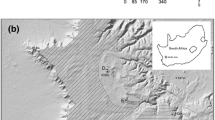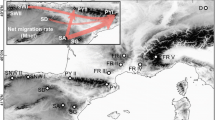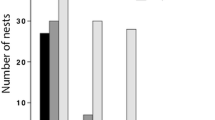Summary.
In Florida, the primitively eusocial bee, Halictus poeyi Lepeletier exhibits two different colony cycles: populations in northern and central Florida are univoltine with an annually brooded colony cycle, while populations in southern Florida, including the Florida Keys, are multivoltine with a continuously brooded colony cycle. In this study, we test the hypothesis of reduced gene flow between the colony types by comparing levels of genetic differentiation among populations having similar colony phenologies with that among populations having different colony phenologies. We use allozyme markers to estimate F ST, a robust measure of genetic differentiation. We found that genetic differentiation is not significantly higher between populations having different colony phenologies than between populations having similar colony phenologies. Environmental conditions thus may play an important role in influencing the expression of the alternative colony types of H. poeyi populations in Florida.
Similar content being viewed by others
Author information
Authors and Affiliations
Additional information
Received 5 October 2001; revised 11 April 2002; accepted 23 April 2002.
Rights and permissions
About this article
Cite this article
Zayed, A., Packer, L. Genetic differentiation across a behavioural boundary in a primitively eusocial bee, Halictus poeyi Lepeletier (Hymenoptera, Halictidae). Insectes soc. 49, 282–288 (2002). https://doi.org/10.1007/s00040-002-8315-x
Issue Date:
DOI: https://doi.org/10.1007/s00040-002-8315-x




